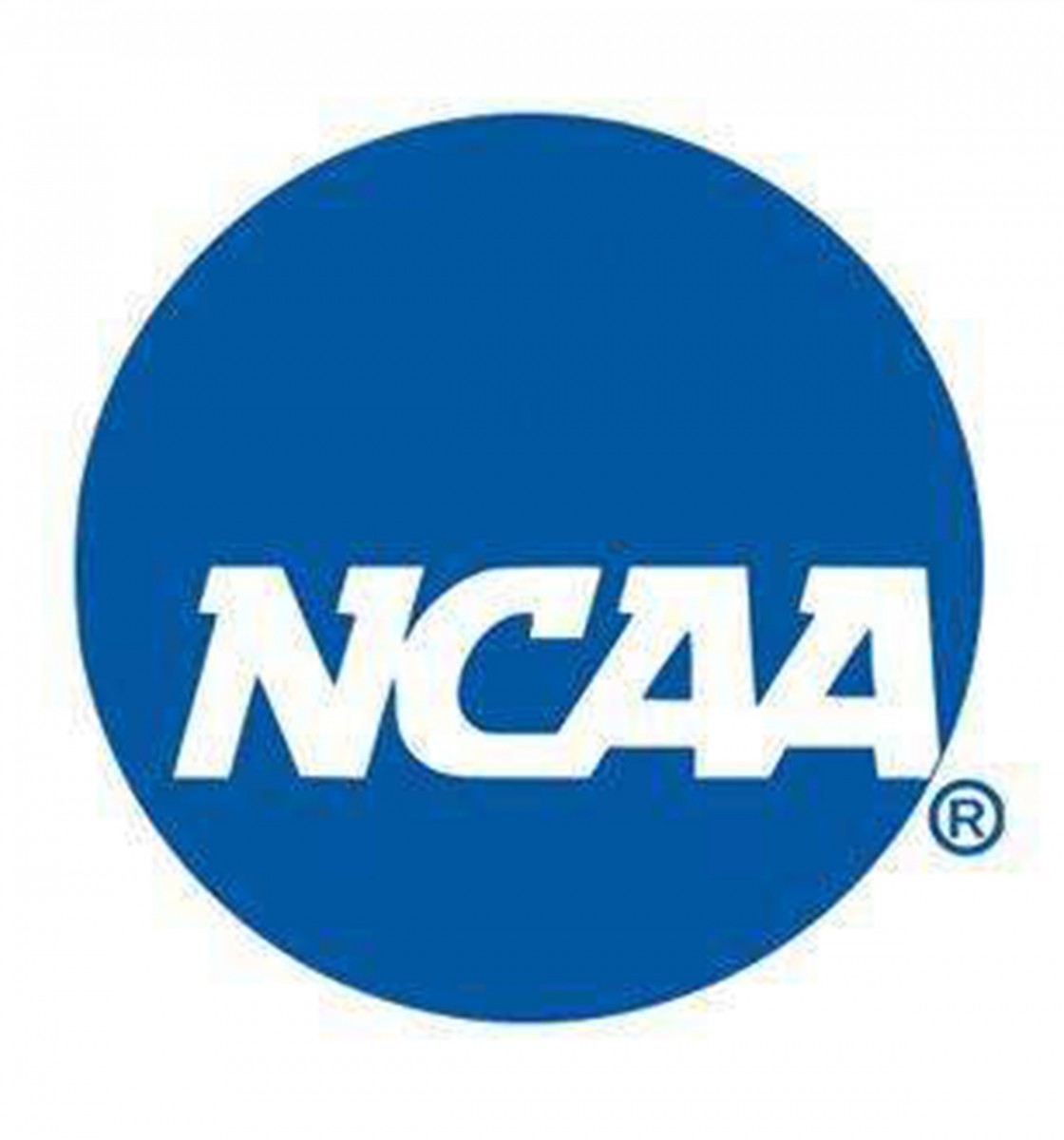MORGANTOWN — It is highly likely your disposition toward college athletics took a turn toward the positive June 13, following the NCAA’s announcement on two specific rule changes that were approved by the Division I council.
In what was the news of the day, the council approved a proposal to allow a college football player to play in any four games during a season without burning a redshirt, meaning a true freshman could play in up to four games his first year and still have four seasons of eligibility remaining.
The other rule change eliminated a ton of red tape when it came to college athletes transferring, and it is this rule I would like to discuss.
An athlete no longer needs to ask permission from his school to transfer, and said athlete will no longer be limited by a coach or school as to which schools are available to attend.
There is a huge asterisk in the second part. The NCAA left the door open for individual conferences to keep their own transfer policies in place.
For example, the Big 12 has a policy that forces a scholarship football or basketball player to forfeit one season of eligibility if he or she chooses to transfer from one Big 12 school to another.
This rule did not apply to former Oklahoma quarterback Baker Mayfield, because he was not a scholarship player at Texas Tech before transferring to Oklahoma.
Anyway, schools and coaches can no longer block a host of schools that an athlete can choose to transfer to or simply deny an athlete’s opportunity to transfer altogether.
From now on, an athlete will announce a decision to transfer and will be put into a database — no word on whether that database will be made public, which is a whole other issue — and potential schools can begin recruiting that athlete. Transfer athletes in football, baseball, basketball and men’s hockey would still have to sit out a season.
It is a gesture that, in a way, humanizes the college athlete, in the sense that a top-notch chemistry student at WVU can’t be stopped from transferring to Baylor, Oklahoma or Penn State if he or she so chooses.
At its very core, this was the ultimate failure of the NCAA and all of the athletic councils out there that deal with college sports legislation.
And before Wednesday’s news came out, you had all of the news in recent years about athletes suing for rights to their likenesses, pushing for higher stipends that covered the full cost of attendance and seeking the right to form unions.
It’s all tied in together in the sense that all of it could have been avoided years ago if the powers-that-be simply chose to see college athletes as people instead of assets.
If they were viewed as people with real feelings and problems and not as numbers on a stat sheet, these basic rights that are now being granted in 2018 would have been handed out years before.
We’ve all been guilty of it. You get a kid who comes in and starts as a freshman, and we all see loads of potential down the road for Hometown U.
That potential is what we see; the wins and stats and all-America honors that could likely follow.
What we do not see is how that kid may be struggling academically, or how his mother or father is in failing health, or how he may not be the right fit for the coach’s offensive scheme.
A kid chooses to transfer and we see the numbers, but not the personal difficulties.
Old rules forced the athletes to not only receive permission to transfer, but also to have their options limited on where they could go.
I’m guessing John Beilein didn’t need to ask for permission from Michigan to talk to the Detroit Pistons about their opening for a head coach. He sure as hell didn’t ask for WVU’s permission to go to Michigan.
What other aspects in life do these types of rules apply to?
Is the drive-thru attendant at McDonald’s held back from working at Burger King if he gets a better offer?
Would The Dominion Post block me from working at The New York Times? (Actually, it’s the Times that is doing that, so we move on.)
But since the present and future of college athletics are these kids, we see them as anything but kids and draw up regulations that would be viewed as near-slavery in just about any other walk of life.
To be clear, I do not like athletes transferring, at the high school or college level. I hate the fact that 40 percent of freshmen in college men’s basketball — according to NCAA numbers — will not be with their original school by their junior year.
I wish we could teach today’s athletes the value of working through problems instead of simply taking their ball and going elsewhere.
But it was simply inhumane to make an athlete jump through thousands of hoops to transfer when it is not the same most anywhere else in life.
It took until 2018 to realize that. As a sports world, we should all be ashamed.




